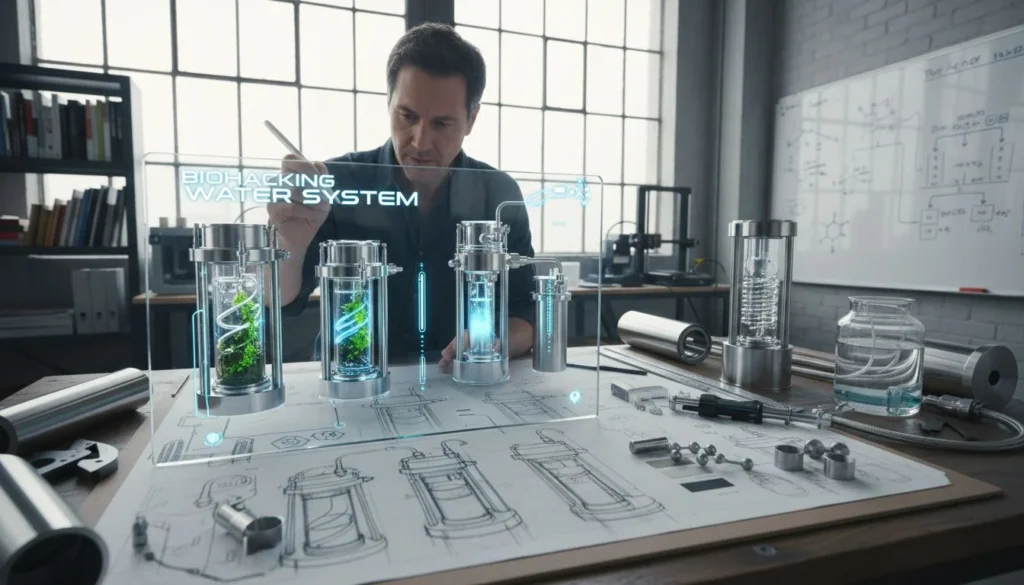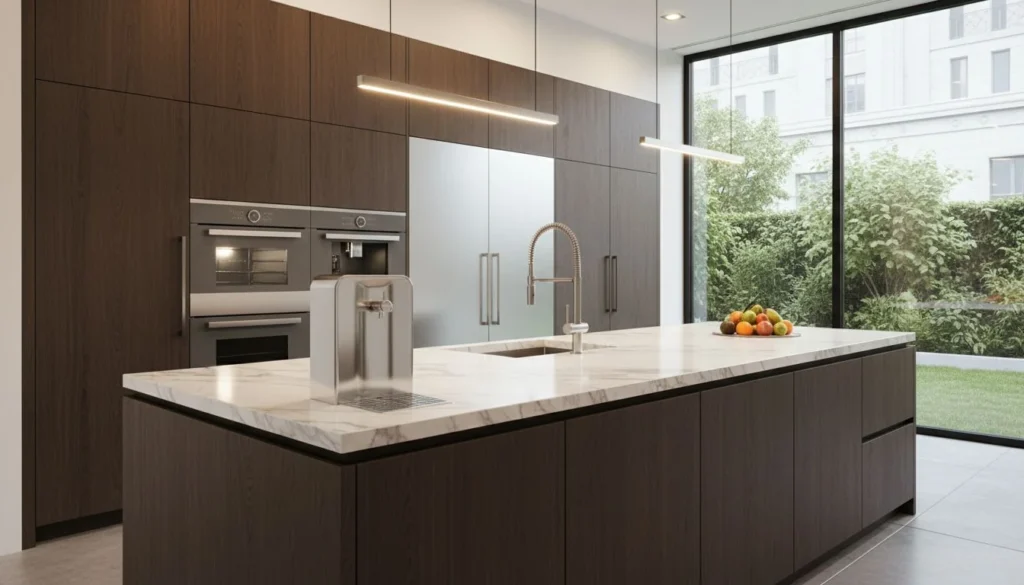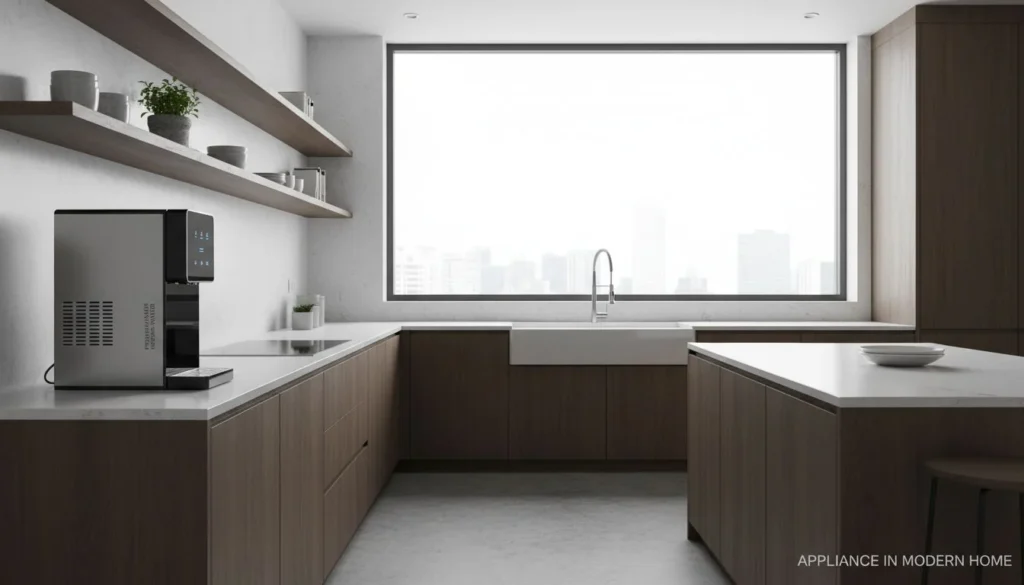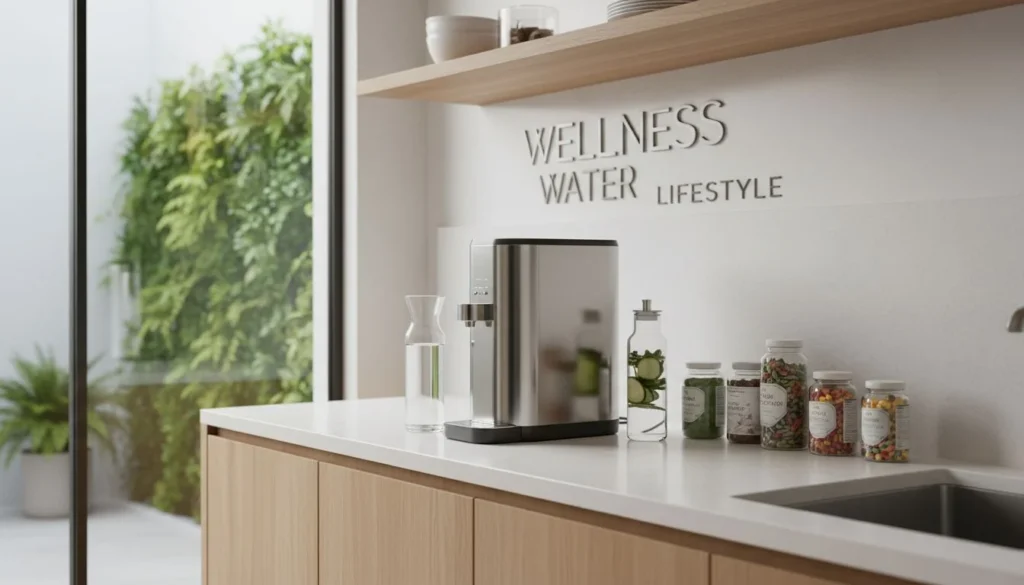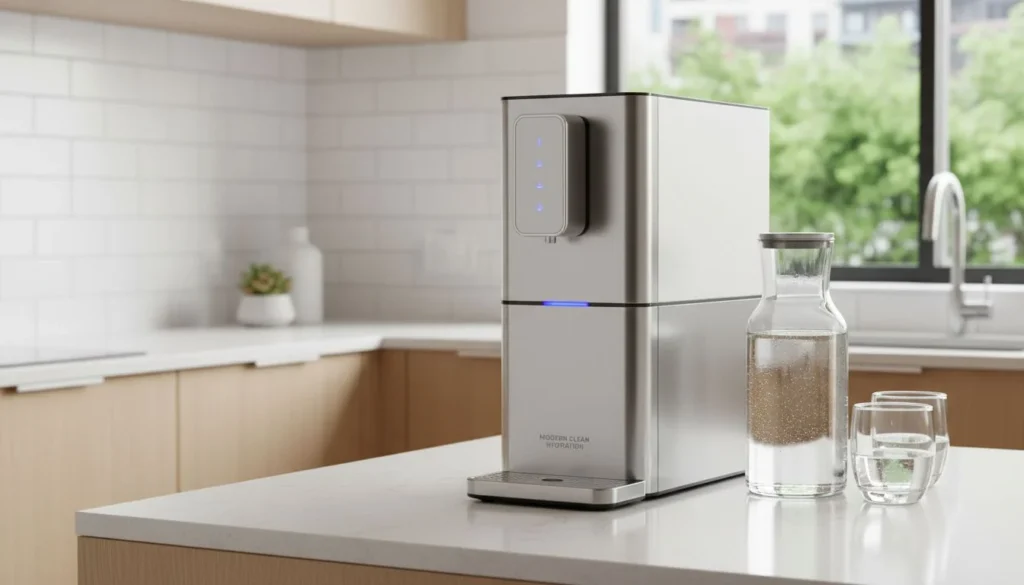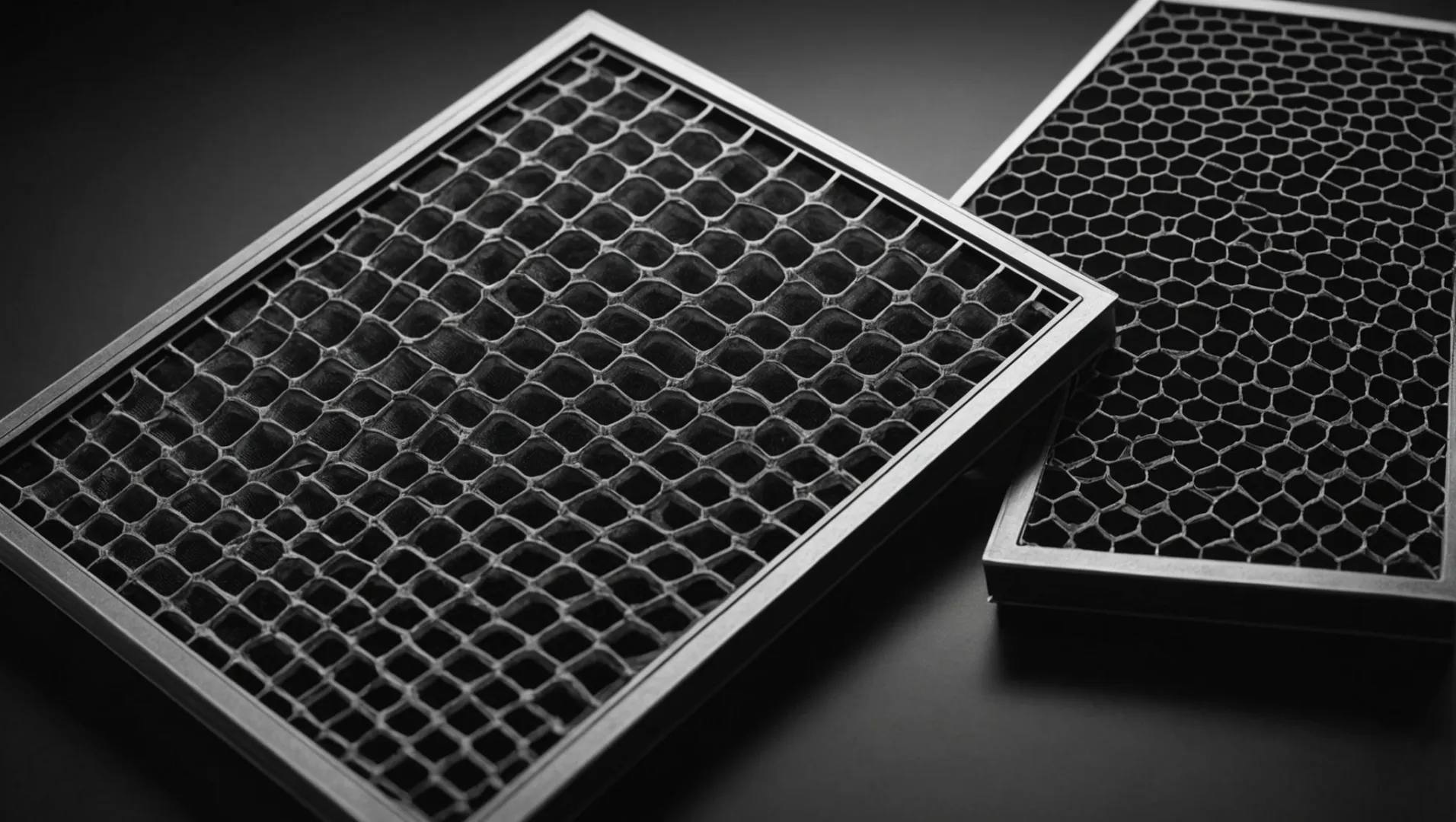
다음 중 선택 HEPA 탄소 필터를 사용하는 것은 단순한 기술적 결정이 아니라 더 건강한 삶을 위한 한 걸음입니다.
HEPA 필터는 공기 중 입자를 제거하는 데 탁월하고, 탄소 필터는 냄새와 휘발성 유기 화합물(VOC)을 제거하는 데 탁월합니다. 종합적인 공기 정화를 위해 많은 시스템이 두 가지를 결합하여 다양한 공기질 문제를 해결합니다.
의 장점과 한계 이해 HEPA 및 탄소 필터는 공기 품질에 가장 적합한 옵션을 선택하는 데 도움이 될 수 있습니다. 이러한 필터의 작동 원리를 자세히 살펴보고 특정 상황에 더 적합한 필터를 찾아보세요.
HEPA 필터는 냄새를 효과적으로 제거합니다.False
HEPA 필터는 냄새가 아닌 입자를 포착합니다. 탄소 필터는 냄새를 제거합니다.
무엇 HEPA 필터는 어떻게 작동하나요?
HEPA 필터는 공기 중의 작은 입자를 포착하는 데 핵심적인 역할을 하며, 깨끗한 호흡 환경을 위해 매우 중요합니다.
HEPA 필터는 촘촘한 섬유 매트를 통해 0.3마이크론 크기의 입자를 가두어 먼지, 꽃가루 및 기타 오염 물질을 제거하여 공기질을 효과적으로 개선합니다.

이해 HEPA 기술
고효율 미립자 공기(HEPA) 필터는 0.3마이크론 크기의 입자를 99.97% 이상 포집하도록 설계되었습니다. 이 수준의 효율은 차단, 충격, 확산이라는 세 가지 메커니즘의 조합을 통해 달성됩니다. 공기가 필터를 통과할 때 입자는 촘촘한 섬유망에 걸립니다. HEPA 필터 효율성1 표준 범위는 다음과 같습니다. HEPA 11에서 HEPA 14로, 필터링 성능이 95%에서 99.995%로 증가했습니다.
구조 HEPA 필터
HEPA 필터는 일반적으로 유리 섬유로 만든 섬유가 무작위로 배열된 세트로 구성됩니다. 필터는 복잡한 직조 구조를 통해 입자의 움직임을 느리게 하여 효과적으로 포획할 수 있도록 작동합니다. 이 구조는 다음을 방지하는 데 매우 중요합니다. 공기 중 입자2 가 필터를 통과하여 환경에 유입되는 것을 방지합니다.
| HEPA 레벨 | 필터링 효율성 |
|---|---|
| HEPA 11 | 95% |
| HEPA 12 | 99.5% |
| HEPA 13 | 99.95% |
| HEPA 14 | 99.995% |
혜택 및 제한 사항
의 주요 이점 HEPA 필터의 가장 큰 장점은 공기 중 알레르겐을 크게 줄여 호흡기 질환이나 알레르기가 있는 사람에게 이상적이라는 점입니다. 하지만 냄새나 가스는 제거하지 못하기 때문에 많은 공기청정기가 탄소 필터와 함께 사용합니다.
그 효과에도 불구하고, HEPA 필터는 시간이 지나면 막혀 공기 흐름과 효율이 저하될 수 있습니다. 최적의 성능을 보장하려면 정기적인 유지 관리와 교체가 필수적입니다.
애플리케이션 및 사용 사례
HEPA 필터는 가정, 병원, 산업 환경 등 다양한 환경에서 널리 사용되고 있습니다. 특히 클린룸이나 실험실과 같이 엄격한 공기질 기준이 필요한 공간에서 유용하게 사용할 수 있습니다.
결론적으로, 어떻게 HEPA 필터의 기능과 공기질 개선에 있어 필터의 역할은 사용자의 필요에 맞는 공기 정화 시스템을 선택하는 데 도움이 될 수 있습니다.
HEPA 필터는 0.3마이크론의 작은 입자를 포착합니다.True
HEPA 필터는 0.3마이크론 크기의 입자를 걸러내어 공기질을 개선합니다.
HEPA 필터는 냄새와 가스를 효과적으로 제거합니다.False
HEPA 필터는 냄새나 가스를 제거하지 못하며 탄소 필터가 필요합니다.
탄소 필터는 냄새 제거에 얼마나 효과적일까요?
카본 필터가 정말 냄새를 효과적으로 제거할 수 있을까요, 아니면 더 나은 옵션이 있을까요?
탄소 필터는 냄새와 휘발성 유기 화합물(VOC)을 표면에 흡착하여 제거하는 데 매우 효과적입니다. 이 과정은 반려동물, 요리, 연기 등에서 발생하는 불쾌한 냄새를 중화시켜 공기 정화 시스템에서 카본 필터가 널리 사용되고 있습니다.
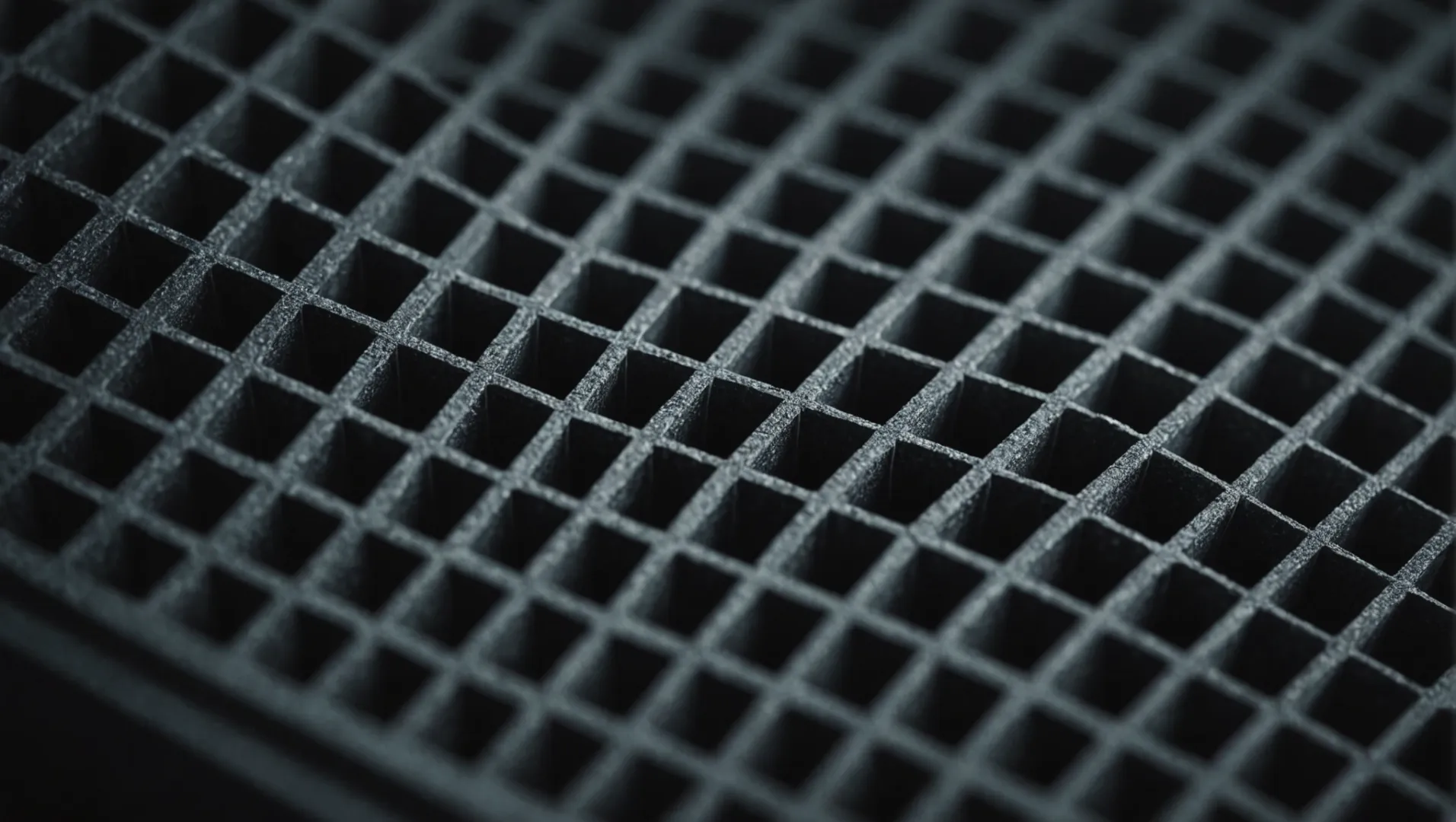
탄소 필터 이해
활성탄 필터라고도 하는 탄소 필터는 다공성 카본의 넓은 표면적을 활용하여 냄새와 VOC를 포집하고 중화시키는 기능을 합니다. 이 흡착 과정은 냄새 분자가 탄소 표면에 달라붙기 때문에 효과의 핵심입니다.
탄소 필터의 종류
- 골판지 활성탄: 넓은 흡착 표면적을 제공하여 악취가 심한 환경에 이상적입니다.
- 허니콤 카본: 높은 흡착력을 유지하면서 공기 흐름을 극대화하는 구조적인 디자인이 특징입니다.
각 유형에는 다음과 같은 이점이 있습니다. 골판지 활성탄3 심각한 악취 문제에 대한 광범위한 커버리지를 제공하고 벌집 탄소4 효율성과 공기 흐름의 균형을 유지합니다.
효과에 영향을 미치는 요인
- 공기 흐름 속도: 카본 필터의 효율은 공기청정기의 풍량에 따라 크게 달라집니다. 공기 흐름이 높을수록 공기가 필터에 더 자주 노출됩니다.
- 필터 두께: 두꺼운 탄소층은 더 많은 입자를 흡착할 수 있지만 공기 흐름을 감소시켜 청정 공기 전달률(CADR)에 영향을 줄 수 있습니다.
- 기술 통합: 일부 공기청정기는 고급 통합 기술을 사용하여 다른 여과 시스템과 결합하여 탄소 필터의 성능을 향상시킵니다.
탄소 필터와 HEPA 필터
동안 HEPA 필터는 먼지나 꽃가루와 같은 입자상 물질 제거에 탁월하고, 탄소 필터는 냄새 제거에 탁월합니다. 이러한 상호 보완적인 기능 때문에 많은 공기청정기가 두 가지 기술을 통합하여 더 넓은 범위의 공기질 문제를 해결합니다.
탄소 필터 사용 사례
- 반려동물 소유자: 탄소 필터가 반려동물의 냄새를 효과적으로 중화시켜 더욱 상쾌한 실내 환경을 제공합니다.
- 주방: 오래 남는 강한 요리 냄새를 제거하는 데 유용합니다.
- 흡연자: 담배 연기 냄새를 줄여 전반적인 공기질을 개선하는 데 도움이 됩니다.
다음과 같은 강점을 이해함으로써 다양한 탄소 기술5 특정 용도에 맞는 공기청정기 시스템을 선택할 수 있습니다.
탄소 필터는 HEPA 필터보다 냄새 제거에 더 효과적입니다.True
탄소 필터는 입자를 포집하는 HEPA 필터와 달리 냄새를 흡착합니다.
두꺼운 탄소층은 항상 공기청정기의 공기 흐름을 개선합니다.False
층이 두꺼우면 공기 흐름이 감소하여 깨끗한 공기 전달률에 영향을 줄 수 있습니다.
공기청정기를 결합해야 하는 이유 HEPA 그리고 탄소 필터?
결합 HEPA 및 탄소 필터는 입자, 냄새 및 가스를 타겟팅하여 공기 정화를 극대화합니다.
공기 청정기 결합 HEPA 및 탄소 필터를 사용하여 공기 중 입자와 가스 오염 물질을 모두 효과적으로 처리합니다. 이 이중 필터 시스템은 미세먼지와 냄새를 모두 해결하여 실내 공기질을 개선하는 보다 포괄적인 접근 방식을 보장합니다.
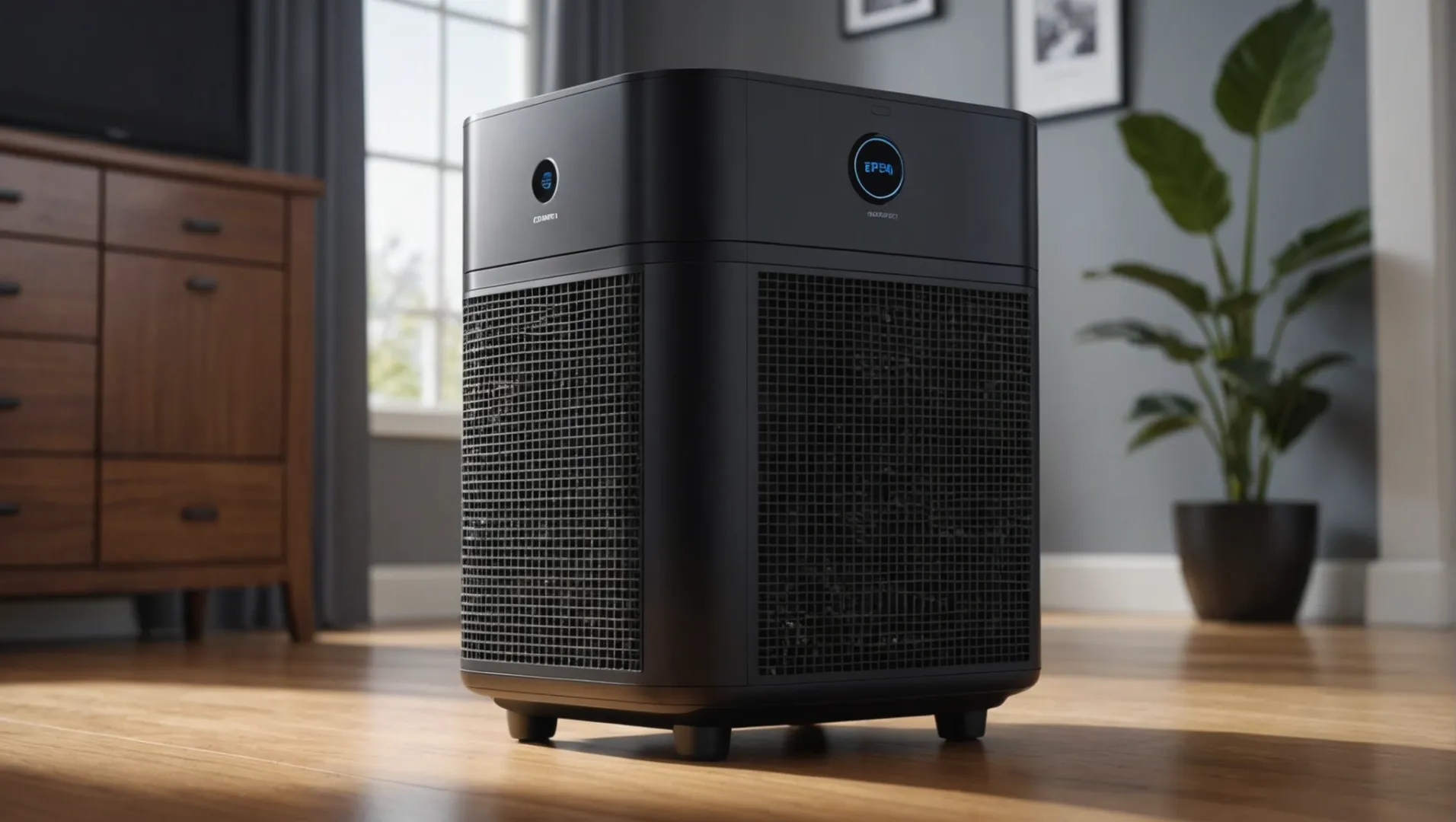
이해 HEPA 및 탄소 필터 기능
공기청정기가 결합된 이유를 이해하려면 HEPA6 및 탄소 필터의 개별적인 역할을 이해하는 것이 중요합니다. HEPA 필터는 먼지, 꽃가루, 애완동물의 비듬과 같은 입자를 포집하는 데 탁월합니다. 알레르겐을 줄이고 공기질을 크게 개선하려는 사람들에게 필수적인 필터입니다. 반면에 탄소 필터는 냄새와 휘발성 유기 화합물(VOC)을 제거하는 데 능숙하며, 이는 다음과 같이 포집되지 않습니다. HEPA 필터.
필터 결합의 이점
공기청정기에 두 가지 유형의 필터를 통합하면 더 넓은 범위의 오염 물질을 처리할 수 있습니다. 예를 들어 HEPA 필터는 연기나 박테리아와 같은 미세 입자를 포집하고, 탄소 필터는 연기 냄새를 중화하며 세제나 페인트에서 방출되는 유해 가스를 흡수합니다.
| 필터 유형 | 주요 기능 | 이상적인 대상 |
|---|---|---|
| HEPA | 입자, 알레르기 유발 물질 제거 | 알레르기, 천식 환자 |
| 탄소 | 냄새, VOC, 가스 제거 | 반려동물이 있는 집, 요리 냄새 |
효율성 및 성능 고려 사항
두 필터를 모두 사용하려면 효율성과 성능의 균형을 맞춰야 합니다. 예를 들어, 서로 다른 등급의 HEPA 필터는 다음과 같습니다. HEPA 11에서 HEPA 14- 다양한 수준의 여과 효율을 제공합니다. HEPA 14 최대 99.997%의 입자를 필터링합니다. 한편, 주름형 또는 벌집형 활성탄 등 카본 필터의 종류에 따라 냄새를 효과적으로 제거하는 능력에 영향을 미칩니다.
또한 탄소 필터가 무거우면 공기청정기 시스템 내의 저항이 증가하여 청정 공기 전달률(CADR)이 저하될 수 있습니다. 제조업체는 최적의 공기 정화 성능을 위해 여과 효과와 높은 CADR 유지 사이의 균형을 맞추는 것이 중요합니다.
실용적인 애플리케이션
소비자 입장에서는 두 가지 기능을 모두 갖춘 공기청정기를 선택하는 것이 좋습니다. HEPA 및 탄소 필터를 통해 다양한 공기질 문제로부터 종합적으로 보호할 수 있습니다. 봄철 꽃가루나 주방의 요리 냄새가 걱정된다면 이 듀얼 필터 시스템이 다목적 솔루션을 제공할 수 있습니다.
각 필터 유형의 강점을 이해하면 집안 환경에 가장 적합한 공기청정기를 선택할 때 정보에 입각한 결정을 내릴 수 있습니다.
HEPA 필터는 냄새를 효과적으로 제거합니다.False
HEPA 필터는 냄새가 아닌 입자를 포착하고, 탄소 필터는 냄새를 처리합니다.
탄소 필터는 휘발성 유기 화합물을 포집합니다.True
탄소 필터는 입자를 포집하는 HEPA 필터와 달리 VOC를 흡수합니다.
알레르겐과 천식에 가장 적합한 필터 유형은 무엇인가요?
천식 환자와 알레르기가 있는 사람에게는 공기 필터의 세계를 탐색하는 것이 필수적입니다.
HEPA 필터는 일반적으로 먼지, 꽃가루, 애완동물의 비듬과 같은 미세 입자를 걸러내는 효율이 높기 때문에 알레르기 유발 물질 및 천식 유발 물질을 관리하는 데 가장 적합한 필터입니다. 최적의 결과를 얻으려면 다음과 같은 필터를 선택하세요. HEPA 등급과 같은 HEPA 13 또는 14로, 최대 99.97%의 공기 중 입자를 포집할 수 있습니다.

이해 HEPA 알레르겐 필터
고효율 미립자 공기(HEPA) 필터는 0.3마이크론 크기의 입자를 99.97% 이상 포집하도록 특별히 설계되었습니다. 따라서 집먼지 진드기, 꽃가루, 애완동물의 비듬과 같은 일반적인 유발 물질을 걸러낼 수 있어 알레르기와 천식이 있는 사람에게 매우 효과적입니다. HEPA 필터7 는 효율성에 따라 분류되며 HEPA 13과 14는 주거 환경에서 가장 효과적입니다.
HEPA 필터는 유해한 입자를 포집하는 미세한 망을 통해 공기를 강제로 통과시키는 방식으로 작동합니다. 필터의 효과는 특정 필터의 등급, 공기 흐름 용량 및 유지 관리 빈도에 따라 달라질 수 있습니다. 필터를 교체하는 것이 중요합니다. HEPA 필터의 효율성을 유지하고 깨끗한 공기를 계속 공급할 수 있도록 정기적으로 필터를 교체하세요.
천식 관리에서 탄소 필터의 역할
동안 탄소 필터8 주로 가스, 냄새, 휘발성 유기 화합물(VOC)을 대상으로 하며, 공기 중 잠재적인 자극 물질을 제거하여 천식을 관리하는 데 도움을 줍니다. 탄소 필터는 활성탄을 사용하여 분자를 흡착하므로 담배 연기나 요리 냄새와 같은 특정 천식 유발 물질에 대한 노출을 줄이는 데 도움이 될 수 있습니다.
하지만 탄소 필터는 천식 관리에 더 중요한 입자상 물질을 포집하지 못한다는 점에 유의해야 합니다. 따라서 유용하긴 하지만 알레르겐 제거를 위한 기본 솔루션으로 사용해서는 안 됩니다.
포괄적인 보호를 위한 필터 결합
많은 최신 공기청정기는 두 가지 기능을 모두 통합합니다. HEPA 및 탄소 필터를 결합하여 종합적인 공기 정화 솔루션을 제공합니다. 이 조합을 통해 사용자는 다음과 같은 입자 포집 기능의 이점을 누릴 수 있습니다. HEPA 필터를 사용하는 동시에 탄소 필터로 냄새와 기체 오염 물질을 처리합니다.
이 두 가지 기술을 통합하면 천식이나 알레르기로 고통받는 사람들에게 최적의 환경을 조성하여 입자상 물질과 가스상 자극 물질을 효과적으로 관리할 수 있습니다. 공기청정기를 선택할 때는 다단계 필터링 시스템을 갖춘 모델을 선택해 최대한 폭넓게 보호할 수 있도록 하세요.
필터 시스템을 선택할 때는 청정 공기 전달률(CADR), 소음 수준, 필터 교체 비용과 같은 요소를 평가하여 정보에 입각한 결정을 내리세요. 두 가지를 모두 갖춘 고품질 공기청정기에 투자하기 HEPA 및 탄소 필터는 실내 공기질을 크게 개선하고 알레르기 및 천식 환자의 증상을 완화할 수 있습니다.
HEPA 13 필터는 99.97%의 입자를 포집합니다.True
HEPA 13 필터는 0.3마이크론의 작은 입자까지 포착하는 고효율 필터입니다.
탄소 필터는 집먼지 진드기를 효과적으로 포집합니다.False
탄소 필터는 집먼지 진드기와 같은 입자상 물질이 아닌 가스와 냄새를 대상으로 합니다.
결론
최적의 공기질을 위해 다음 두 가지 기능을 모두 갖춘 공기청정기를 고려하세요. HEPA 및 탄소 필터. 이 두 가지가 함께 작동하여 미세먼지와 냄새를 모두 해결하여 집안을 더욱 건강하게 만들어 줍니다.
-
다양한 HEPA 표준과 그 효율 수준에 대해 알아보세요: 유럽 표준에 따르면 필터에는 17가지 등급이 있으며 등급이 높을수록 효율이 높습니다. E10~E12 등급은 효율적입니다 ... ↩
-
HEPA 필터 구조가 입자를 포집하고 유지하는 방법을 알아보세요: 이 유형의 공기 필터는 이론적으로 최소 99.97%의 먼지, 꽃가루, 곰팡이, 박테리아 및 0.3 크기의 모든 공기 중 입자를 제거할 수 있습니다 ... ↩
-
골판지 활성탄이 악취 제거 효율을 향상시키는 방법을 알아보세요: 활성탄이라고도 불리는 활성탄은 물과 공기에서 오염 물질을 걸러내는 데 일반적으로 사용되는 탄소의 한 형태로, 다른 많은 용도로도 사용됩니다. ↩
-
허니콤 디자인이 공기청정기 성능을 어떻게 향상시키는지 알아보세요..: 허니콤 활성탄은 악취와 오염 물질을 효과적으로 줄일 수 있는 새로운 형태의 친환경 활성탄 폐가스 정화 제품입니다. ↩
-
최적의 냄새 제어를 위한 다양한 탄소 필터 기술을 살펴보세요: 숯 또는 탄소 필터를 사용하여 공기 중의 냄새, VOC 및 연기를 흡수하고 억제하는 공기청정기 기술입니다. ↩
-
HEPA 필터의 입자 포집 기능에 대해 알아보세요: HEPA 필터는 미립자를 포집하기 위해 상당한 두께를 가진 주름이 있는 기계식 공기 필터입니다. 주름은 매트를 만듭니다 ... ↩
-
HEPA 필터가 알레르겐을 효과적으로 포집하는 방법을 알아보세요: HEPA 진공청소기를 사용하면 일부 입자를 포집하고 호흡 공간으로 떠다니는 다른 입자는 실내 또는 집 전체 공기 여과를 통해 제거할 수 있습니다. ↩
-
탄소 필터가 어떻게 냄새와 가스를 제거하는지 알아보세요: 탄소 필터는 분자가 표면에 스며들지 않고 외부에 달라붙을 때 발생하는 흡착이라는 과정을 통해 냄새를 포집합니다. ↩


